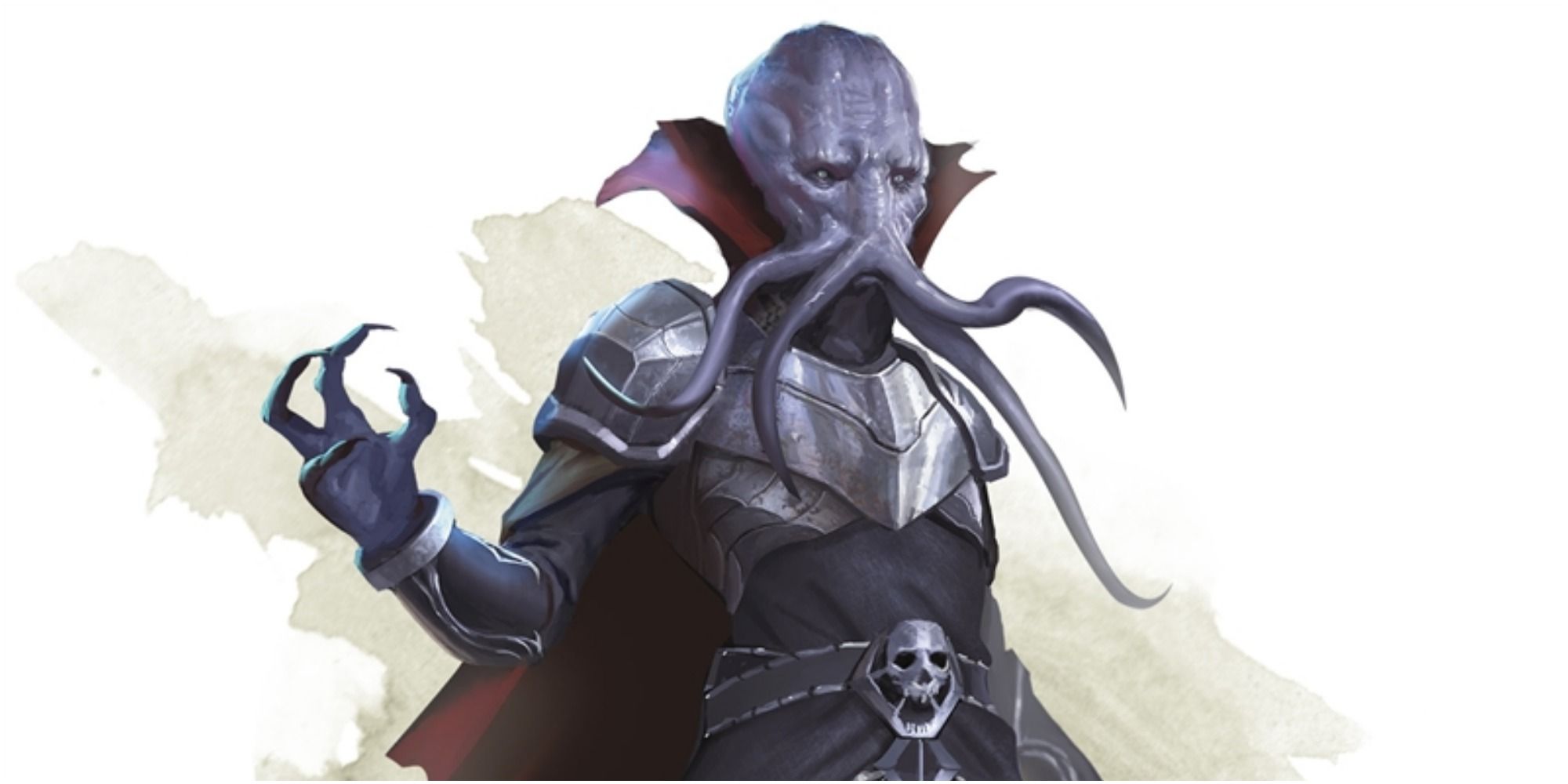


leaving the party to fight one hundred Type IV demons instead. Because his gnoll servants weren’t deemed dangerous enough for high-level adventurers, they fled if characters threatened Yeenoghu’s lair. Also like most of the original demon lords, Yeenoghu made a brief appearance in the adventure The Throne of Bloodstone (1988). He was said to have a mansion extending across multiple layers of the Abyss (though these extensive holdings would not last). The hatred between Yeenoghu and Baphomet was said to be “legendary.”Īs with most of the classic demon lords, Yeenoghu’s home base was briefly described in AD&D’s Manual of the Planes (1987). Though Yeenoghu wasn’t actually in that book, it nonetheless gave him an enemy: the demon lord Baphomet, one of the new demon lords introduced in the adventure’s appendix. One exception was a mention in the adventure The Lost Caverns of Tsojcanth (1982). Yeenoghu doesn’t otherwise appear much in early D&D lore. Gnolls only attained their modern hyena-like appearance in the Monster Manual-the same book that introduced Yeenoghu, their lord.


When those creatures first appeared in the original D&D box set in 1974, Gary Gygax described them as a “cross between Gnomes and Trolls.” He also acknowledged their origin in the works of the Irish fantasist Lord Dunsany, who wrote “How Nuth Would Have Practised His Art upon the Gnoles” as part of The Book of Wonder (1912). However, it’s his connection to the gnolls that has always stood out. Yeenoghu’s dual nature as a ruler of gnolls and ghouls is probably why he was elevated to the top tier of demonkind. Yeenoghu was pictured with a hyena’s head, befitting his position as the “Demon Lord of Gnolls,” even as he was also worshiped by “the King of Ghouls.” Like all the coolest demon lords, he had a special weapon: a three-headed adamantine flail. The demon prince Yeenoghu made his debut in the AD&D Monster Manual (1977), which named him “one of the most powerful and most feared” of the demon princes-a ranking that would be unceremoniously chipped away at over the years that followed. Though the gnollish Yeenoghu has been a familiar figure to players of Dungeons & Dragons for decades, he has had surprisingly little presence in D&D adventures-until now.įeaturing eight classic demon lords brought to the dank realms of the Underdark, the Rage of Demons storyline season presents a new look at the once-powerful Demon Lord of Gnolls.


 0 kommentar(er)
0 kommentar(er)
